A Garden Specialist's favourite plants
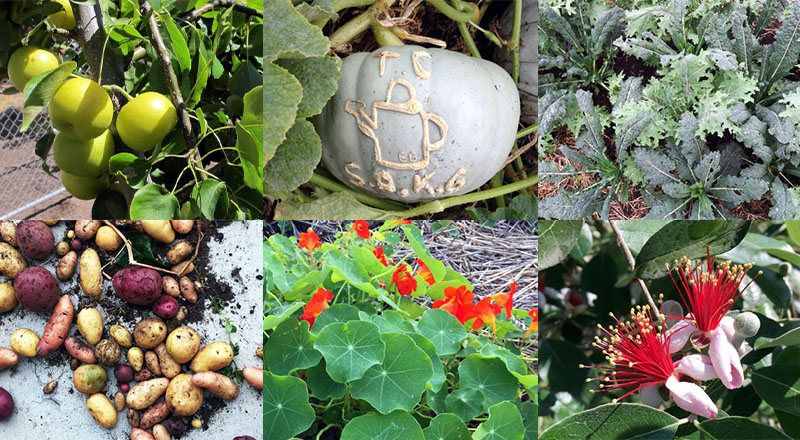
Garden Specialist Brendan Bolton has 12 years of experience running kitchen garden programs in Victorian schools. Reflecting on his favourite plants to grow in a school garden and his favourite recipes, he compiled these tips …
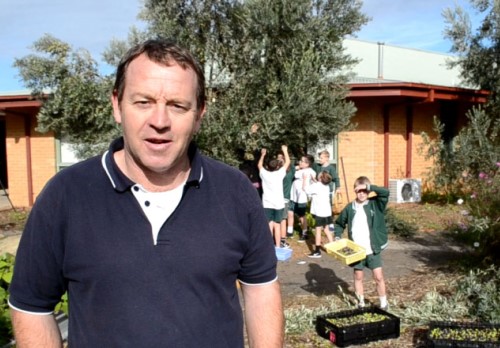
At the start of my kitchen garden journey I was gung-ho about creating an awesome space with food-producing plants and animals. As I have gone on, it has dawned on me that this is less about growing a great garden and more about growing great children.
Plants are easy, the correct amount of water, sunlight and nutrients and they tend to grow. Children are somewhat harder, but I like to think that much of what a child needs can be found in a good garden: joy, interesting things, fresh fruit and veggies and somewhere to sit and breathe the fresh air.
I have put together a list of my favourite plants to grow in Melbourne’s temperate climate. I have chosen these plants because of their usefulness, and the joy in their growing and eating.
Potatoes
Without a doubt, my number one plant for any kitchen garden is potatoes, as many as possible – purple, pink, yellow and every shade of brown. Grow them all. The look on the kids’ faces when they dig them up is fantastic, as is their sense of achievement.
I like to play a little game and get all the kids to guess how many they think they might find. This is also useful if you have a neglected patch of ground in need of ploughing and weeding. Plant some potatoes and in six months the children will be ploughing and weeding as they harvest.
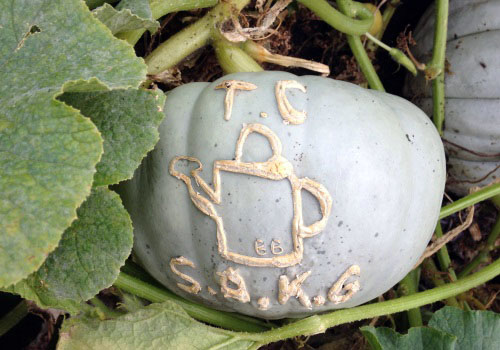
Pumpkins
They are very versatile in the kitchen and, importantly, keep very well. We have etched our pumpkins with all sorts of messages, faces and pictures. This has also been a creative way to say thank you to businesses or people who have helped the school. Etching is best done when the pumpkin is close to full size, but while the flesh is still soft, with good sap flow just below the surface. I find a large nail or batten screw works the best. If you don’t have the space for pumpkins, try the Golden Nugget variety, which takes up less space and grows like a zucchini plant.
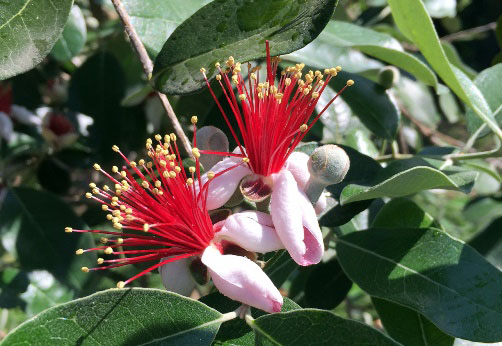
Feijoas
Feijoas are right up there among my favourites, mainly because they give people in southern states a taste of the tropics. If you want to enjoy them, you really have to grow them yourself as they need to be ripened on the tree and don’t keep long once harvested. Feijoas are ripe just as they fall off the tree, but shouldn't be left on the ground for too long as the flavour becomes unpleasant. Children enjoy eating them. Of the 1000 children I have introduced to this fruit, well over 800 enjoyed them and probably 20 planted a tree at home. Do not plant them in full sun. Morning sun or dappled light is best.
Olives
The next plant is one that is extremely suited to the school environment, looks good and is very hardy … It’s the olive tree. Curriculum links can also be easily made, as the olive tree is very much a part of the history of mankind. A great project is to join a community olive collective, to press the olives for their golden oil.
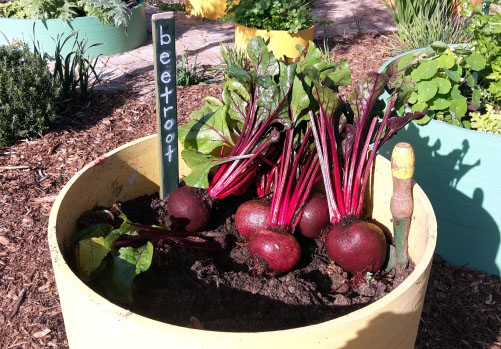
Beetroot
Beetroot is easy to grow and my favourite thing about them is you can just leave them in the ground until you are ready to use them. They are super versatile in the kitchen, and can be eaten raw or cooked, savoury or sweet. They are also useful when making vegetable dyes.
Granny Smith apples
The Granny Smith Apple is a truly Australian tree. It is a fantastic pollinator and grows very large, so can be useful for its shade. The apples are good for cooking, and are also delicious eaten straight from the tree.
Herbs
Rosemary is such a common sight it isn’t always appreciated for how useful it is. It is handy in the kitchen, smells great, is easy to grow and was used in the bedding in our chook house as an insect repellent. Lemon verbena and chocolate mint are also great in the garden for their fragrance.
Nasturtiums
These edible flowers bring a bit of colour to the garden, and the seeds can be pickled and eaten like capers. But the number one reason to grow them is for how beautiful they look when drops of water sit on their leaves.
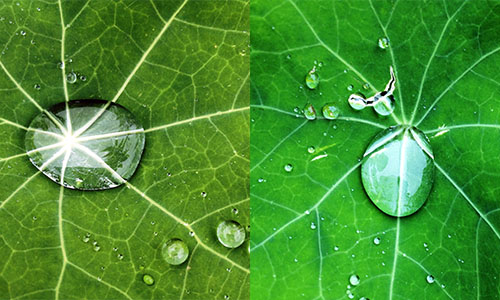
Brassicas
Kale is great for kids to grow, and for making crispy kale chips. Broccoli is also quite easy (if grown when butterfly season is over) and will make a great frittata.
Other favourites in my school gardens include sunflowers, pomegranates, white mulberries, bamboo, carrots, parsnips, cherry tomatoes, zucchinis and raspberries.
Recipes
If you want to teach children how to love nature, love gardening and eat good food, it’s through their tastebuds.
In my years as a Garden Specialist, I have been called on to help in kitchen classes, and these are some of the recipes that seemed to be popular with both children and teachers. All these recipes are vegetarian.
- Eggplant Parmigiana
- Bolani Katchalu (Afghan Potato-Filled Pastries)
- Bruschetta Two Ways. I like the winter variety with broad beans and the summer variety with tomatoes or zucchini is also great.
- Pumpkin Gnocchi
- Indian Flatbread
- Pumpkin Salad
< Back to Latest News
